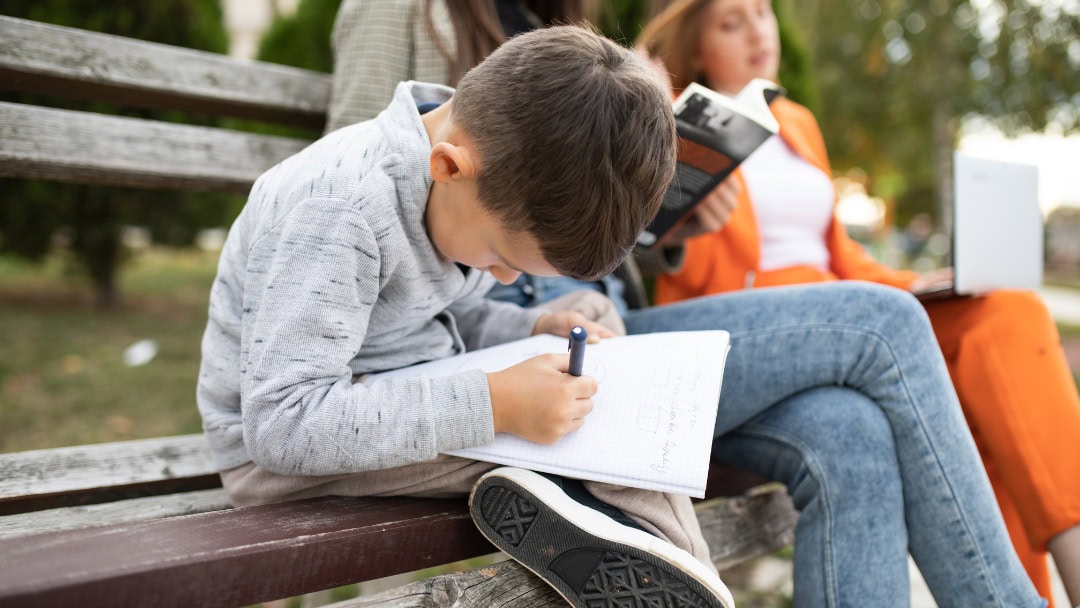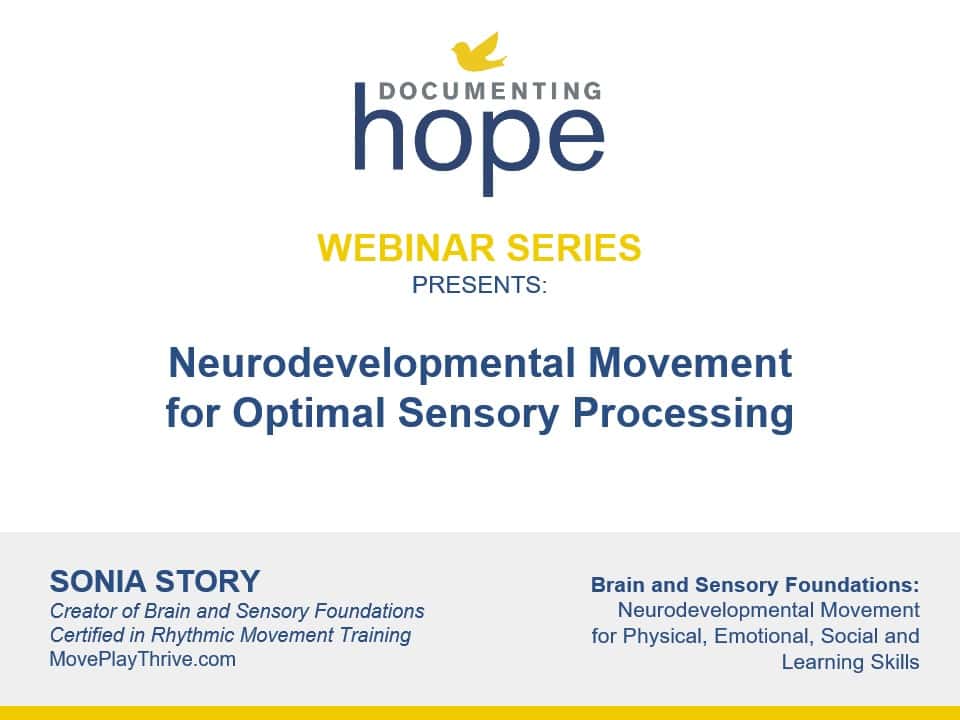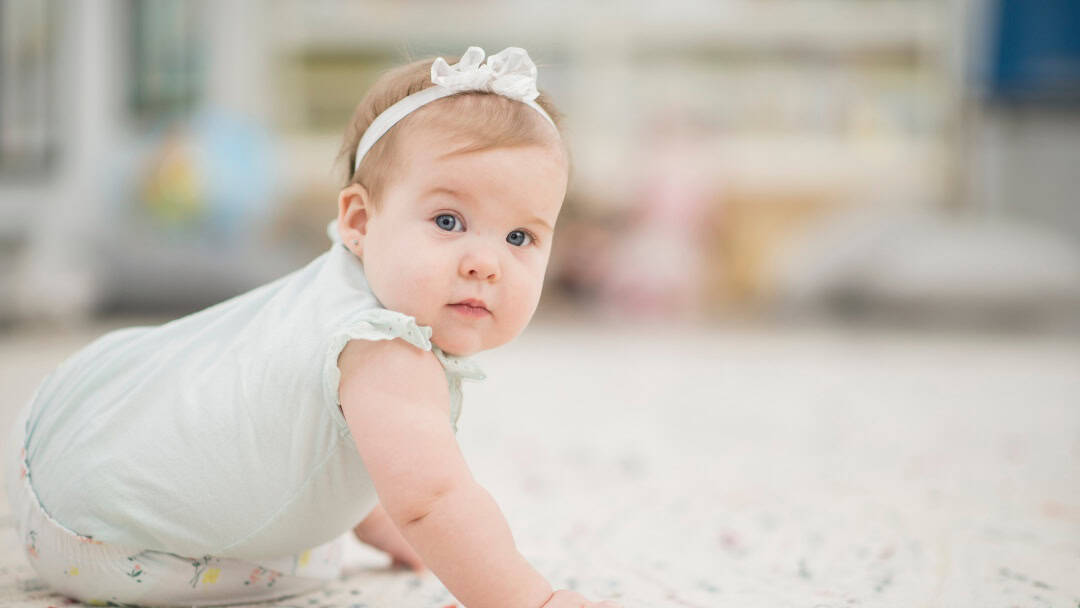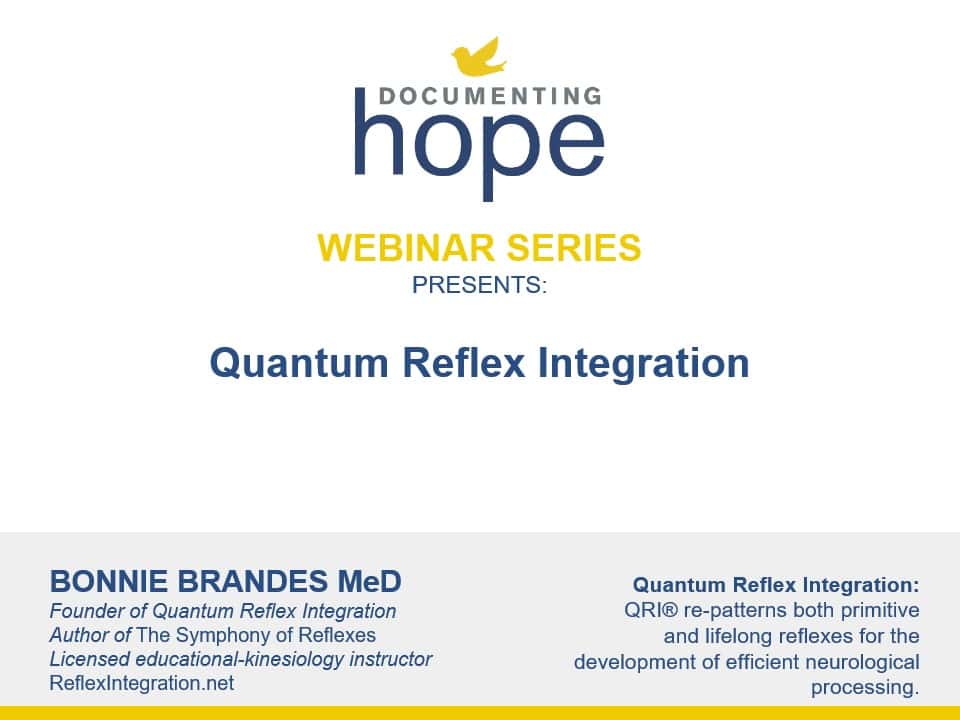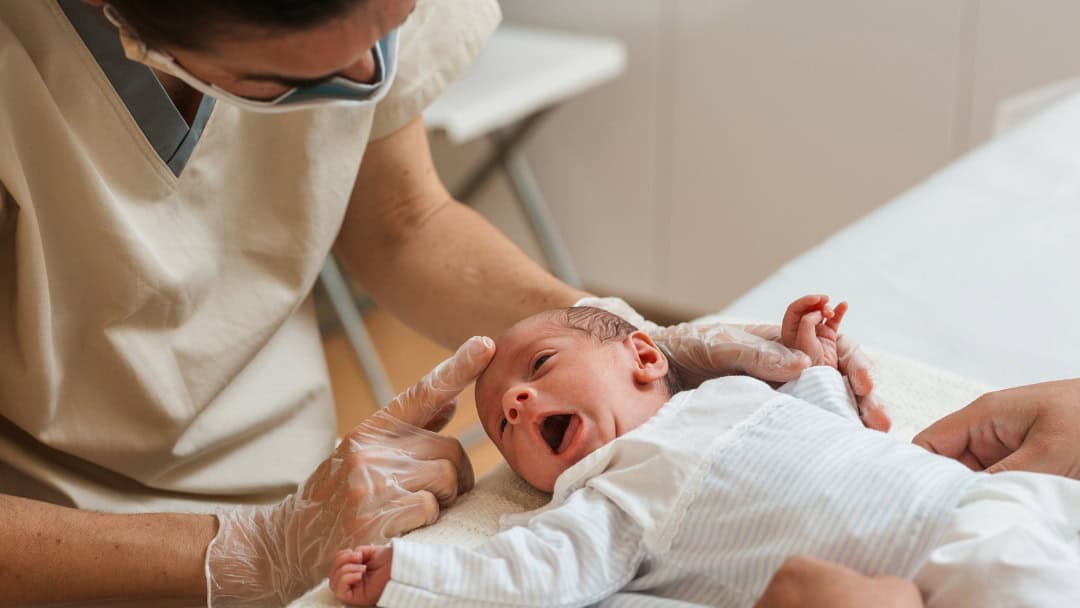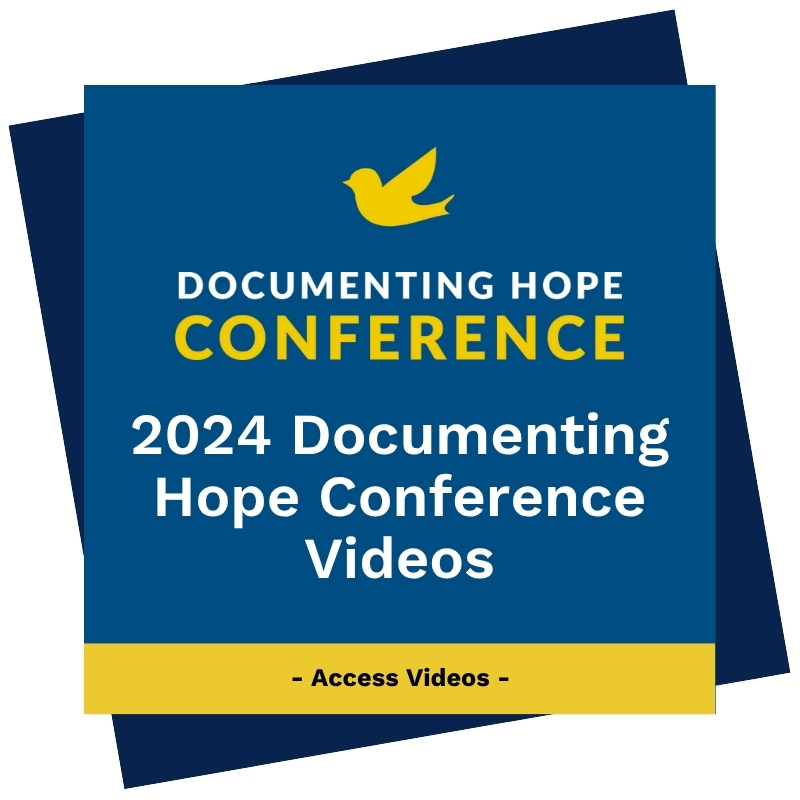Sonia Story of www.moveplaythrive.com explains how neurodevelopmental movement can help with symptoms of autism, ADHD, Sensory Processing Disorder and learning disabilities in this article.
Parents and therapists worldwide are learning joyful, transformative movements that help children thrive. These special neurodevelopmental movements are both calming and stimulating. They provide the foundations for sensory processing, emotional-social skills, cognitive skills, proper posture and health.
Babies that have received sufficient neurodevelopmental movements have bodies that can support proper posture, structural alignment and core strength. As a result, they are upright, alert and ready to explore their environment. Slouched babies and children lack natural core strength and upright posture.
Postural Strength Equals Brain Maturity
Postural strength goes hand-in-hand with brain maturity. Sadly, slouching children will be more likely to have difficulties with learning and development. Why? Because brain maturity, like proper posture, is a direct result of receiving the full measure of our foundational neurodevelopmental movements in infancy. Fortunately, we can give neurodevelopmental movements at any age and the brain matures beautifully just as it would have if the movements had been accessible in infancy.
With completion of the neurodevelopmental movements, there is more brain maturity and profound positive changes. Along with better posture and strength, there is often better focus, impulse control, emotional regulation, and sensory processing. There is also more calm, greater ability to communicate, easier learning, better balance, and a deeper sense ease within the body.
Here is a real life example: Dylan is a 13-year-old boy with autism. His mother attended a training course in neurodevelopmental movement. After just one evening of neurodevelopmental movement, Dylan went to sleep calmly that evening, something he had never done before.
After two weeks, Dylan’s mother wrote about the remarkable changes she witnessed: “When we brush Dylan’s teeth, he usually pulls his upper lip over his teeth in a protective manner which makes it difficult to clean those front teeth. He usually screams and bites the tooth brush, now he is actually pulling his lip up to expose the teeth and there is no screaming of pain or discomfort. He has less resistance to task requests, more self control, and less reactive behavior.” (W. Payne, Tacoma, Washington).
In another case, Grady, a 6-year old boy, had anxiety and compulsive nail biting so severe his fingertips were raw and bloody. His mother learned four rhythmic neurodevelopmental movements in an introductory training. She did these movements at night while Grady slept and in small amounts during the daytime. The movements had a profound calming effect and very soon Grady stopped biting his nails. Within 10 days, his fingertips healed and though they were scarred, they were no longer bleeding and raw.
What Are Neurodevelopmental Movements?
Neurodevelopmental movements are natural movements. They are the innate, automatic movements that babies do in the womb and early infancy. All human babies will automatically engage in these neurodevelopmental movements as long as they are healthy, stress-free, have room to move and plenty of time on their bellies.
For many reasons in our modern society, these natural movements can be interrupted or hindered at the very beginning of life, leaving many children unable to complete their proper development. To varying degrees, these children suffer from an underdeveloped, immature neuro-sensory-motor system.
An immature neuro-sensory-motor system can manifest in many ways. For some children sitting still, focusing, and learning are difficult. Other children experience anxiety, stress, or depression throughout their daily lives. Others feel frustration and exhaustion because of the extra effort required to do daily tasks in an un-integrated state.
Some children have behavior challenges such as excessive defiance, phobias and compulsive tendencies are common. Many children have trouble falling to sleep and many do not sleep restfully. Huge numbers of children have mild to severe sensory processing disorders.
How Do Neurodevelopmental Movements Work?
From our earliest beginnings, movement drives the growth of our brain and nervous system. The infant neurodevelopmental movements build the foundation of the brain and neuro-sensory-motor system upon which development depends.
Imagine building a block tower. If the foundation is narrow and unsteady, the upper blocks are wobbly and prone to breakdowns. The same is true in human development.
We develop in stages, and like the block tower, we have a requirement for a proper foundation. If the infant neurodevelopmental movements are under utilized in infancy, the brain and neuro-sensory-motor system have a shaky foundation that can lead to challenges.
The likely reason the neurodevelopmental movements work so well is that the brain recognizes them as the same movements that mature the brain and sensory systems in infancy. The neurodevelopmental movements seem to have the capacity to wake up the brain and “reboot” our development.
According to Harald Blomberg, MD and Moira Dempsey, authors of the book, Movements That Heal, doing rhythmic neurodevelopmental movements activates critical links in the brain. This whole-brain linking creates optimal functioning and accounts for why the movements are so helpful in overcoming a large variety of conditions.
For over 30 years research studies have shown the connection between learning delays and un-integrated neurodevelopmental movements, also called primitive reflexes or primary movements. Clinical evidence and research also shows that when we give the neurodevelopmental movements to children with challenges, their learning improves along with their self-esteem and social life.
Parents as well as professionals can use easy-to-learn neurodevelopmental movements to help our children overcome challenges and better access their gifts.
Still Looking for Answers?
Visit the Documenting Hope Practitioner Directory to find a practitioner near you.
Join us inside our online membership community for parents, Healing Together, where you’ll find even more healing resources, expert guidance, and a community to support you every step of your child’s healing journey.
Sources & References
Adolph, K.E., et al. Learning to crawl. Child Dev. 1998 Oct;69(5):1299-312.
Amos, P. Rhythm and timing in autism: learning to dance. Front Integr Neurosci. 2013 Apr 19;7:27.
Akhmatova, N.K., et al. Influence of MNRI on the Immune Status of Children with Down Syndrome. Journal of Clinical & Cellular Immunology. 8 (2017): 1-8.
Barnhill, E. Neural connectivity, music, and movement: a response to Pat Amos. Front Integr Neurosci. 2013 Apr 24;7:29.
Bell, C., et al. The Effect of the MNRI Method on Neurotransmitter Biomarkers of Individuals with Neurodevelopmental Disorders. Neuroscience and Medicine. 2019.
Cho, H., et al. Effects of Action Observation Training with Auditory Stimulation on Static and Dynamic Balance in Chronic Stroke Patients. J Stroke Cerebrovasc Dis. 2020 May;29(5):104775.
Deiss, T., et al. Physiological Markers and Reflex Pattern Progression in Individuals with Neurodevelopmental Deficits Utilizing the MNRI Method. Neuroscience and Medicine. 2019.
Dumuids-Vernet , M.V., et al. Stimulating the motor development of very premature infants: effects of early crawling training on a mini-skateboard. Front Pediatr. 2023 Jun 6:11:1198016.
Gajewska, E., et al. Crawl Position Depends on Specific Earlier Motor Skills. J Clin Med. 2021 Nov 29;10(23):5605.
Goddard Blythe S. Are Immature Neuromotor Skills Significant Factors in Educational Under-achievement and Special Educational Needs? Literature review of the role of Primitive Reflexes as Indicators and Measures of Neuromotor Immaturity. Special School. (2023);LXXXIV(2):111-123.
Grigg. T.M., et al. Primitive Reflex Integration and Reading Achievement in the Classroom. Journal of Neurology and Experimental Neuroscience. 2023; 9(1), 18-26.
Grigg, T.M., et al. Retained primitive reflexes: Perceptions of parents who have used Rhythmic Movement Training with their children. J Child Health Care. 2018 Sep;22(3):406-418.
Grzywniak, C. Integration exercise programme for children with learning difficulties who have preserved vestigial primitive reflexes. Acta Neuropsychologica. 2017;15(3).
Hardy, M.W., et al. Rhythm, movement, and autism: using rhythmic rehabilitation research as a model for autism. Front Integr Neurosci. 2013 Mar 28;7:19.
Herbert, J., et al. Crawling is associated with more flexible memory retrieval by 9-month-old infants. Dev Sci. 2007 Mar;10(2):183-9.
Hong, H.J., et al. Effect of Rhythmic Movement Program to Improve Walking Ability for Elderly Patients with Stroke. Indian Journal of Science and Technology. 2016 Jul;9(26).
Iverson, J.M. Developing language in a developing body: the relationship between motor development and language development. J Child Lang. 2010 Mar;37(2):229-61.
Jordan-Black, J. The effects of the Primary Movement programme on the academic performance of children attending ordinary primary school. Journal of Research in Special Educational Needs. 2005 Nov;5(3):101 – 111.
Kadivar, Z., et al. Effect of step training and rhythmic auditory stimulation on functional performance in Parkinson patients. Neurorehabil Neural Repair. 2011 Sep;25(7):626-35.
Khan, Z., et al. Slow CCL2-dependent translocation of biopersistent particles from muscle to brain. BMC Med. 2013 Apr 4:11:99.
Ladányi, K. et al. Is atypical rhythm a risk factor for developmental speech and language disorders? Wiley Interdiscip Rev Cogn Sci. 2020 Sep;11(5):e1528.
Lakatos, P., et al. A New Unifying Account of the Roles of Neuronal Entrainment. Curr Biol. 2019 Sep 23;29(18):R890-R905.
Masgutova, S., et al. Effect of the MNRI Reflex Neuromodulation on the QEEG and Neurotransmitters of Children Diagnosed with Cerebral Palsy. 2020.
Masgutova, S., et al. Effects of MNRI Visual Reflex Neuro-Training on Visual and Academic Skills of Children with Autism. International Journal of School and Cognitive Psychology 05 (2018): 1-15.
Masgutova, S. Post-Trauma Recovery in Children of Newtown, CT using MNRI Reflex Integration. Journal of
Traumatic Stress Disorders & Treatment. 5(5) 2017.
Masgutova, S., et al. Reflex Profile of Children with Down Syndrome Improvement of Neurosensorimotor Development Using the MNRI® Reflex Integration Program. International Journal of Neurorehabilitation. 3 (2016): 1-9.
Masgutova, S., et al. Progress with Neurosensorimotor Reflex Integration for Children with Autism Spectrum Disorder. 2016.
Masgutova, S. Reflex Integration Disorder as a New Treatment Paradigm for Children with Autism. 2015.
McEwan, M.H., et al. Early infant crawling experience is reflected in later motor skill development. Percept Mot Skills. 1991 Feb;72(1):75-9.
McWhirter, K., et al. The association between learning disorders, motor function, and primitive reflexes in pre-school children: A systematic review. J Child Health Care. 2022 Jul 13;13674935221114187.
Melillo, R., et al. Persistent Childhood Primitive Reflex Reduction Effects on Cognitive, Sensorimotor, and Academic Performance in ADHD. Front Public Health. 2020 Nov 17;8:431835.
Mohamed, M.A., et al. Sensory integration versus Masgutova neuro-sensorimotor reflex integration program on controlling primitive reflexes and gross motor abilities in children with diplegic cerebral palsy. Physiother Res Int. 2023 Jun 29;e2030.
Nowak, K., et al. Evaluation of the Therapeutic Effect of MNRI Reflex Neuromodulation on Children Diagnosed with Autism Based on Reflex Assessments, QEEG Analysis and ATEC Questionnaire. 2020.
Pilecki, W., et al. The impact of rehabilitation carried out using the Masgutova Neurosensorimotor Reflex Integration method in children with cerebral palsy on the results of brain stem auditory potential examinations. Adv Clin Exp Med. 2012 May-Jun;21(3):363-71.
Schmidt, N.B., et al. Exploring human freeze responses to a threat stressor. J Behav Ther Exp Psychiatry. 2008 Sep;39(3):292-304.
Stephens-Sarlós, E., et al. Changes in primitive reflexes in older adults and their relationship to mental health indices: An experimental investigation. Exp Gerontol. 2024 Oct 15:196:112583.
Stephens-Sarlós, E., et al. The efficacy of the sensorimotor training program on sensorimotor development, auditory and visual skills of schoolchildren aged 5–8 years. Child & Youth Care Forum. 2024 Aug;54(2):323-352.
Stephens-Sarlós, E. The relationship between primitive reflex profile and development of vestibular maturity in early school years. Exercise and Quality of Life Journal (2024) 16(2): 11-16.
Suh, J.H., et al. Effect of rhythmic auditory stimulation on gait and balance in hemiplegic stroke patients. NeuroRehabilitation. 2014;34(1):193-9.
Tatarinova, T.V., et al. The Impact of MNRI Therapy on the Levels of Neurotransmitters Associated with Inflammatory Processes. Int J Mol Sci. 2020 Feb 18;21(4):1358.
Teitelbaum, P., et al. Movement analysis in infancy may be useful for early diagnosis of autism. Proc Natl Acad Sci U S A. 1998 Nov 10;95(23):13982-7.
Teitelbaum, P., et al. Reflexes gone astray in autism in infancy. Journal of Developmental and Learning Disorders, 2003;6, 15-22.
Van Hirtum, T., et al. Is atypical rhythm a riskfactor for developmental speech and language disorders? J Assoc Res Otolaryngol. 2021 Jul;22(4):465-480.
Winkler, I., et al. Newborn infants detect the beat in music. Proc Natl Acad Sci U S A. 2009 Feb 17;106(7):2468-71.
Xiong, Q.L., et al. Measurement and Analysis of Human Infant Crawling for Rehabilitation: A Narrative Review. Front Neurol. 2021 Oct 11:12:731374.
Zaigham, M., et al. Prelabour caesarean section and neurodevelopmental outcome at 4 and 12 months of age: an observational study. BMC Pregnancy and Childbirth. 2020 (20)564.
Zentner, M., et al. Rhythmic engagement with music in infancy. Proc Natl Acad Sci U S A. 2010 Mar 30;107(13):5768-73.
Resources
Where Do I Find Out More?
One of the best ways to learn about neurodevelopmental movements is through both live and online training courses. An excellent online course consisting of eight, multi-media training sessions is called Brain and Sensory Foundations. The course is designed for both parents and therapists who want to give neurodevelopmental movement programs for children.
Articles
Gazca, M. Rebooting Development with a Rhythmic Motor Intervention for Children. Minneapolis: St. Catherine University, May 2012.
Move, Play, Thrive: Vision Doctor on Rhythmic Movements + Research about Visual Processing Issues.
Svetlana Masgutova Educational Institute: What can make reflexes dysfunctional.
Books
Blomberg MD, Harald and Dempsey, Moira. Movements That Heal, Rhythmic Movement Training and Primitive Reflex Integration. Independenly published, 2011.
Brandes, Bonnie. The Symphony of Reflexes: Interventions for Human Development, Autism, ADHD, CP, and Other Neurological Disorders. CreateSpace Independent Publishing Platform, 2016.
Carr, Kathryn. The Depth of Her Touch: A Biography of Svetlana Masgutova, PhD, Creator of the MNRI® Reflex Integration Program. Svetlana Masgutova Educational Institute. September 1, 2023.
A Collective Work. Reflexes: Portal to Neurodevelopment and Learning. Svetlana Masgutova Educational Institute, LLC; First Edition. January 1, 2015.
Dennison, Paul E., et al. Brain Gym: Simple Activities for Whole Brain Learning. Edu Kinesthetics. June 1, 1992.
Goddard Blythe, Sally. The Well Balanced Child: Movement and Early Learning. Hawthorn Press, 2005.
Goddard, Sally. Reflexes, Learning and Behavior, A Window Into the Child’s Mind. Fern Ridge Press, 2005.
Masgutova, Denis, et al. Parents’ Guide to MNRI® Masgutova Neurosensorimotor Reflex Integration. Svetlana Masgutova Educational Institute, LLC; First Edition. January 1, 2015.
Masgutova, Svetlana, et al. Autism: Maximize Potential with MNRI® Reflex Integration. Svetlana Masgutova Educational Institute; First Edition. January 1, 2023.
Masgutova, Svetlana, et al. MNRI® Reflex Integration for Your Daily Well-Being. Svetlana Masgutova Educational Institute, LLC. January 1, 2020.
Masgutova, Svetlana, et al. Post Trauma Recovery: Gentle, Rapid, and Effective Treatment with Reflex Integration. 1st World Publishing. January 17, 2018.
Masgutova, Svetlana, et al. Trauma Recovery – You Are A Winner; A New Choice Through Natural Developmental Movements. 1st World Publishing. May 24, 2007.
Websites
Balance Brain Achievement Centers
Institute for Neuro-Physiological Psychology
My Child Will Thrive: Primitive Reflexes Cheat Sheet

